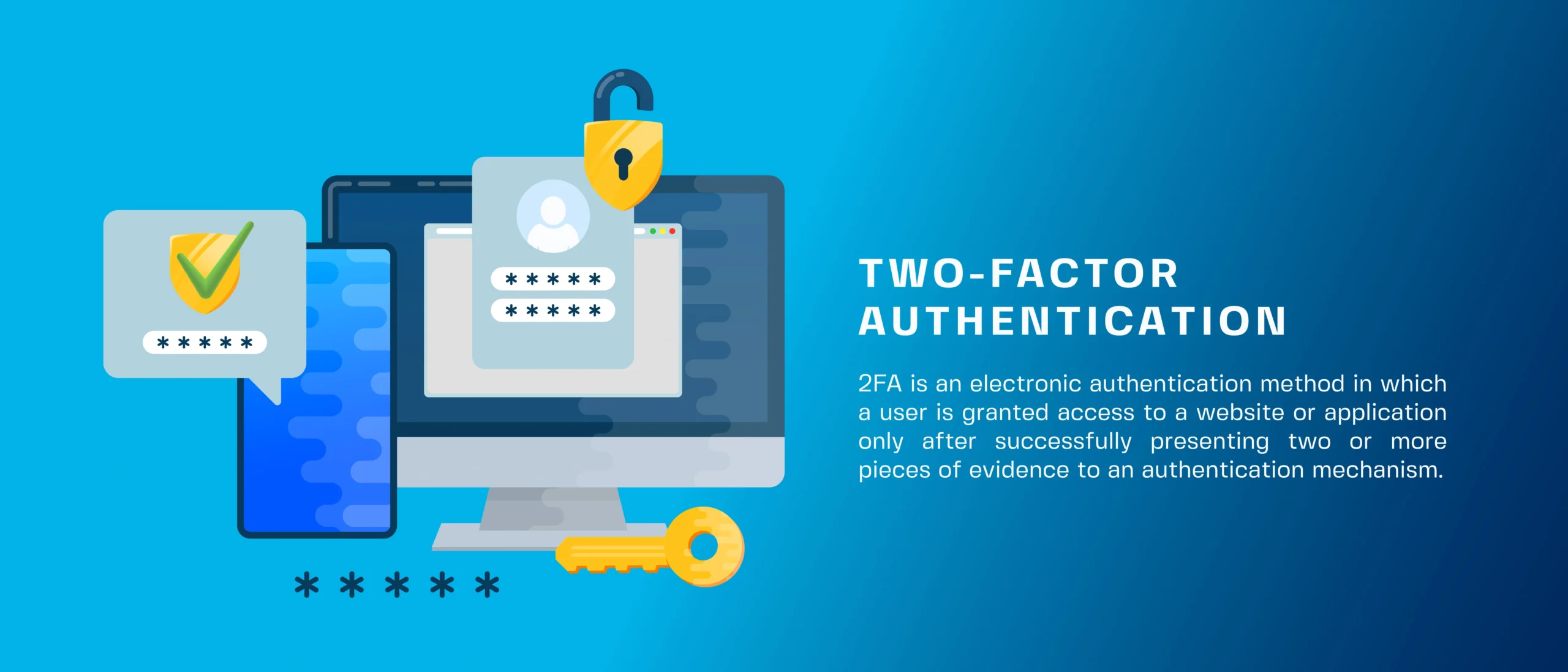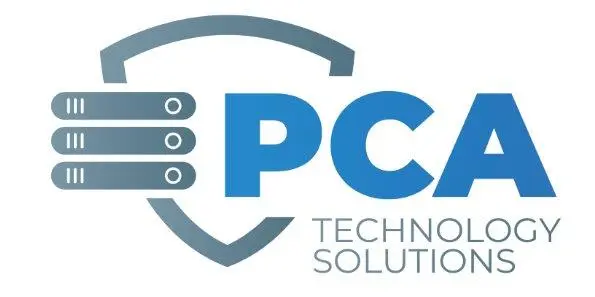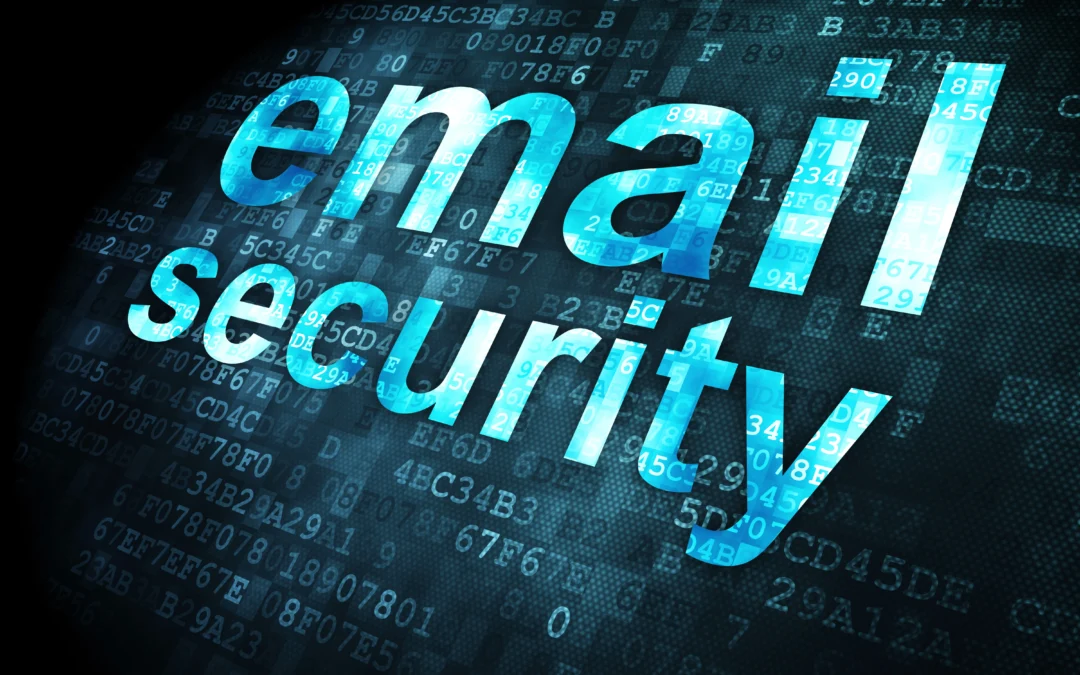5 Advanced Email Security Techniques You Might Not Know
Email Security
Email is an essential part of most people’s lives and businesses. However, it is also a major security risk. Hackers can gain access to your email account and use it to send spam, phishing emails, or even gain access to other accounts and systems.
The problem of preventing malicious attacks isn’t getting any easier to solve. Many attacks take advantage of the fact that employees are working from home, in environments where they may be more distracted, and with potentially less-secure networks and computer hardware.
Meanwhile, phishers continue to rapidly change their attacks. According to Google, 68% of phishing attempts have never been seen before — and the average phishing campaign lasts only 12 minutes. That’s because criminals have automated phishing to avoid detection.
-
- Phishing is the most common form of cyber crime, with an estimated 3.4 billion spam emails sent every day.
- The use of stolen credentials is the most common cause of data breaches.
- Google blocks around 100 million phishing emails daily.
- Over 48% of emails sent in 2022 were spam.
This is why it’s important to have strong email security measures in place.
Here are 5 advanced email security techniques you might not know about:
1. Zero trust email security
2. Hook testing
3. 2FA
4. DKIM – Domain Keys Identified Mail
5. S/MIME Encryption
1. Zero Trust
Zero trust email security is a new approach to email security that is gaining popularity.
It is based on the principle of “never trust, always verify.” With zero trust email security, email is treated as untrusted, and all email messages are scanned and analyzed for malicious content before they are delivered to the recipient.
In the past, email security solutions relied on a “trust but verify” approach, where email messages from known and trusted senders were considered safe and were not scanned for malware or other malicious content. However, this approach is no longer effective, as email spoofing and phishing attacks have become more sophisticated and are often able to bypass traditional security measures.
With zero trust email security, all email messages are considered untrusted and are scanned and analyzed for malicious content before they are delivered to the recipient. This approach is more effective at protecting against today’s email-based threats, as it does not rely on trust, but instead uses sophisticated scanning and analysis to detect and block malicious content.
2. Hook Testing
Hook testing is a security technique that is used to test email systems for vulnerabilities.
It is also known as “vulnerability assessment by email.” Hook testing includes simulated phishing attack emails, which appear to be from legitimate companies or individuals but are fake. They are designed to trick the recipient into giving away personal information or clicking on a malicious link.
Hook testing is a great way to see how susceptible your employees are to phishing attacks and to train them on how to spot and report these types of emails.
If you are not already doing hook testing as part of your email security strategy, we recommend you start now.
3. Two Factor Authentication (2FA)
Two-factor authentication (2FA), also known as multi-factor authentication (MFA), is a security technique that requires the user to provide two different pieces of evidence when logging in.
This could be a password and a one-time code sent to the user’s phone, or a biometric measure and a pin number.
With 2FA, even if someone were to guess or steal your password, they won’t be able to log in to your email account, because they do not possess the other piece of evidence required to authenticate the user.
Many email providers now offer 2FA, including Gmail and Outlook.
To use 2FA, you will typically use an authenticator app and must set it up for each account on which you utilize 2FA. The authenticator app generates a unique 6-digit code every few seconds, which is required for logging into an account in addition to your password. This code can only be accessed through the authenticator app on your phone or other devices.
Using an authenticator adds an extra layer of security to protect your account from unauthorized access even if someone knows your password.

4. DKIM – Domain Keys Identified Mail
Domain Keys Identified Mail (DKIM) is a security technique that uses encryption to digitally “sign” emails to verify their authenticity.
The “signature” is essentially a hash of the email’s content, which is then sent along with the message. When the email is received, the recipient’s email server can verify the signature to ensure that the email is from the claimed sender and has not been tampered with in transit.
This helps to reduce the risk of spoofed emails.
5. S/MIME Encryption
S/MIME is a way to encrypt emails using public-key cryptography. It works by encrypting the contents of an email using the recipient’s public key.
Only the recipient with the corresponding private key can then decrypt and read the email’s contents.
This ensures that emails not addressed to the recipient remain confidential and safe from interception by third parties. Any entity subject to privacy laws, such as medical or legal organizations, should use S/MIME or another type of encryption.
Conclusion
Email security is an important part of staying safe online. By implementing the techniques outlined in this blog, such as hook testing, zero trust, 2FA, DKIM, and S/MIME encryption, you can reduce your risk of being hacked or compromised.
Remember, it is always a good idea to use a combination of security measures to ensure the highest level of protection.
Does all of this sound too complicated?
Afraid you don’t have in place what your organization needs?
Contact PCA to discuss how we can assist you in securing your company’s email and help reduce your stress about what new phishing technique might come next.

